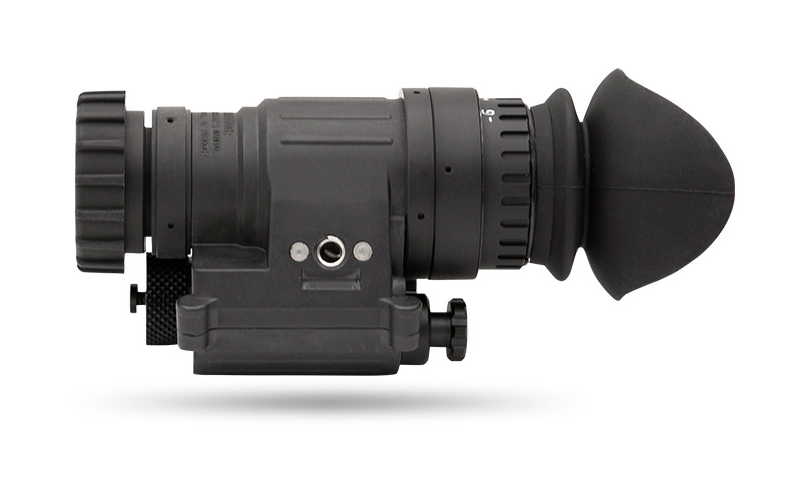January 03, 2025By: MH TECHView: 103

First-generation low-light night vision devices
Usually the effective observation distance is about 50-100 meters. In good light conditions, such as bright moonlight or a certain urban background light environment, the observation distance of larger targets (such as buildings and vehicles) may reach about 100 meters; but if it is in a very dark environment, such as in the wild without moonlight, the observation distance of human-sized targets may be shortened to about 50 meters.
Second-generation low-light night vision devices
The effective observation distance can be increased to 100-200 meters. It uses microchannel plate (MCP) technology to improve the brightness and clarity of imaging. In the presence of a certain amount of ambient light (such as starlight), the observation distance for medium-sized targets (such as vehicles) can reach about 200 meters; for human-sized targets, in scenes with slightly weak ambient light, they can also be clearly observed at about 100-150 meters.
Third-generation low-light night vision devices
The effective observation distance can reach 200-400 meters or even farther. The third-generation low-light night vision device has been improved in terms of photocathode materials, further improving sensitivity and resolution. On nights with brighter moonlight, the observation distance for large targets (such as buildings, large equipment, etc.) can exceed 400 meters; for human-sized targets, under conditions of good ambient light, they can be effectively observed at a distance of 200-300 meters.
Common third-generation low-light night vision devices: GPNVG-18, PVS-31, PVS-14, PVS-7, etc.
Influence of other major factors
Ambient light conditions: The stronger the natural light in the environment (such as moonlight and starlight), the longer the effective observation distance; on the contrary, in a completely dark environment, even the third-generation low-light night vision device will have a greatly reduced observation distance.
Target size and features: The larger the target and the higher the contrast with the background (such as a black object against a white background), the easier it is to observe, and the observation distance is relatively farther; for small targets or targets that blend well with the background, the observation distance will be shortened.
Weather conditions: In rain, snow, fog and other weather conditions, light will be scattered and absorbed, and the effective observation distance of the low-light night vision device will be significantly shortened, and may even be only half or less of the normal situation.